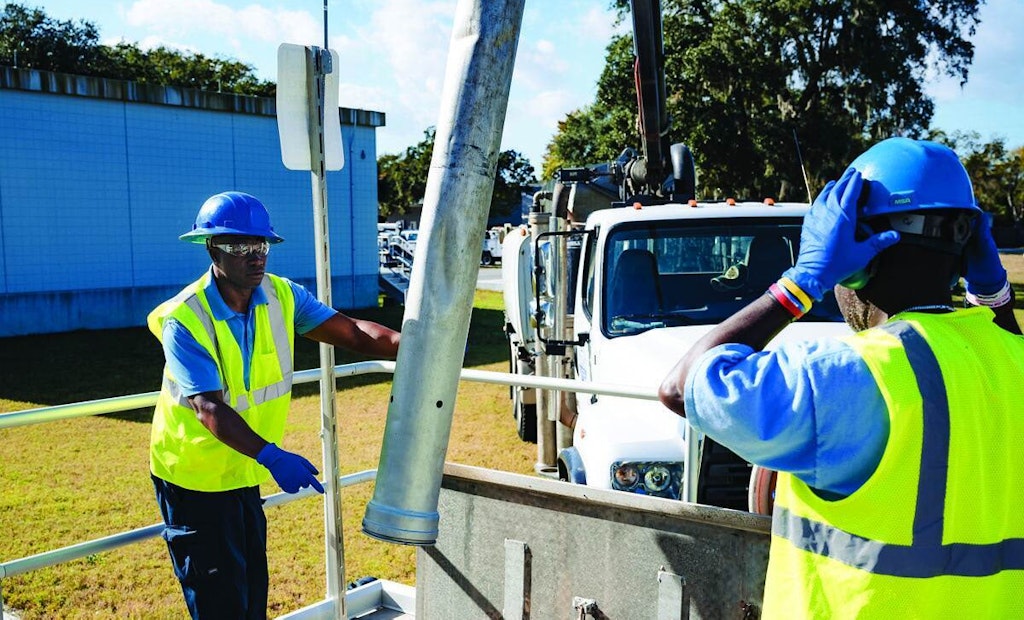For most utilities, having zero injuries is the ultimate safety goal, but this can be very hard to attain especially when you have hazardous job tasks.
Many of utilities and even departments within them can be judged by the number of injuries that occur on an annual basis. So...






